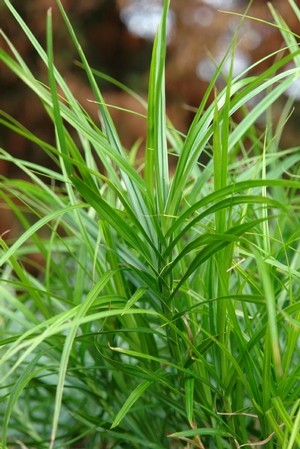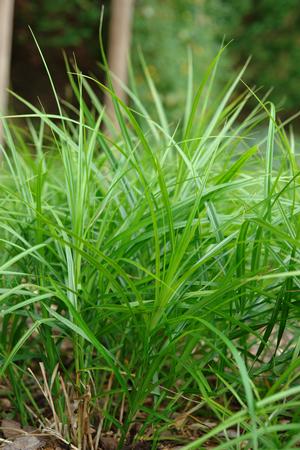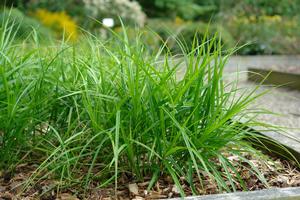Carex muskingumensis
Common: Muskingum sedgeCarex muskingumensis LP50 - 50 per flat
- Height: 2'-3'
- Spread: 2'-3'
- Spacing: 12"
- Hardiness Zone(s): 4-8


Carex muskingumensis LP50 - 50 per flat


A fine-textured sedge that resembles palm fronds? How strange! Naturally occuring in moist habitats such as low, swampy woods and wet meadows, this native cool-season sedge adds textural interest to any planting.
Grows best in dappled to full shade; will grow in full sun with consistent moisture. Spreads via rhizomes, often forming large colonies.
Carex muskingumensis is a cool season sedge that creates dense clumps with bright green leaves resembling palm fronds. A wonderful groundcover, it prefers partial sun to light shade and thrives in clay soil. Palm sedge naturalizes slowly by rhizome or by seed and grows 2’-3’ tall and equally as wide.
Originally found in the Midwest of the United States, from parts Canada along the Mississippi River south to Arkansas, Carex muskingumensis prefers wooded lowland and shaded wet sites. A great plant for a water garden, it can be placed in drier areas as long as plant is not allowed to completely dry out. Showy foliage turns brown after the first frost.
Palm sedge is durable and deer resistant while providing cover and forage for Lepidoptera larvae and native birds. It is planted in multiple locations throughout the trial gardens, including a drier deep shade site, and it is observed that too little light causes the plant to elongate and flop over. A great textural plant that adds dimension in mass plantings in the garden or great for erosion control in restoration plantings.